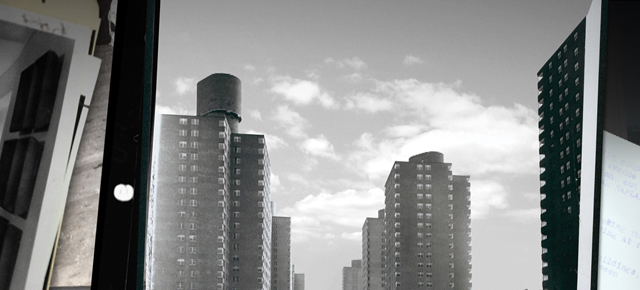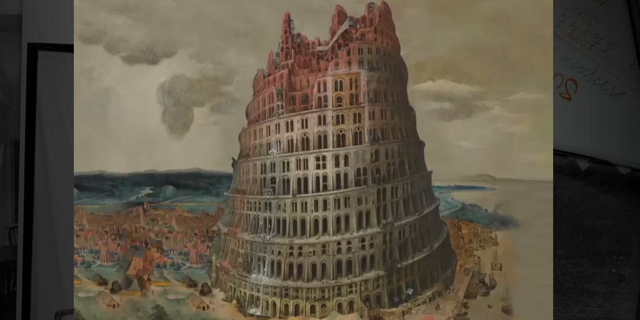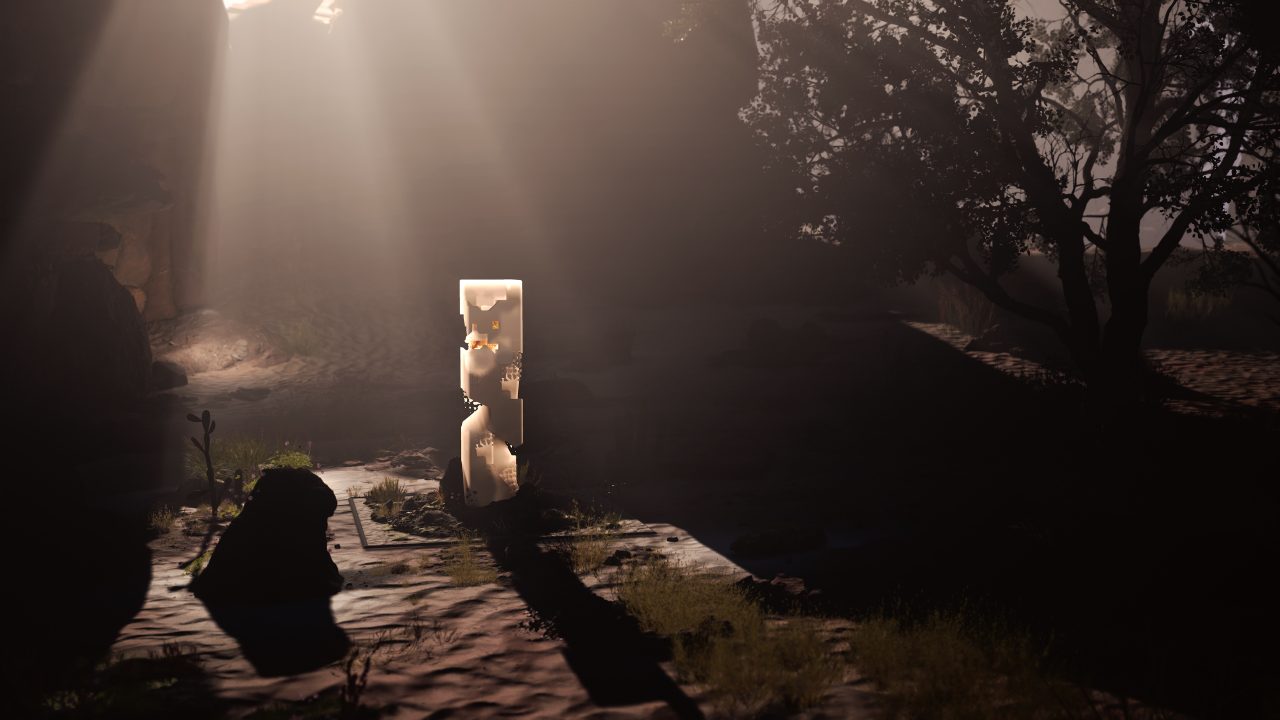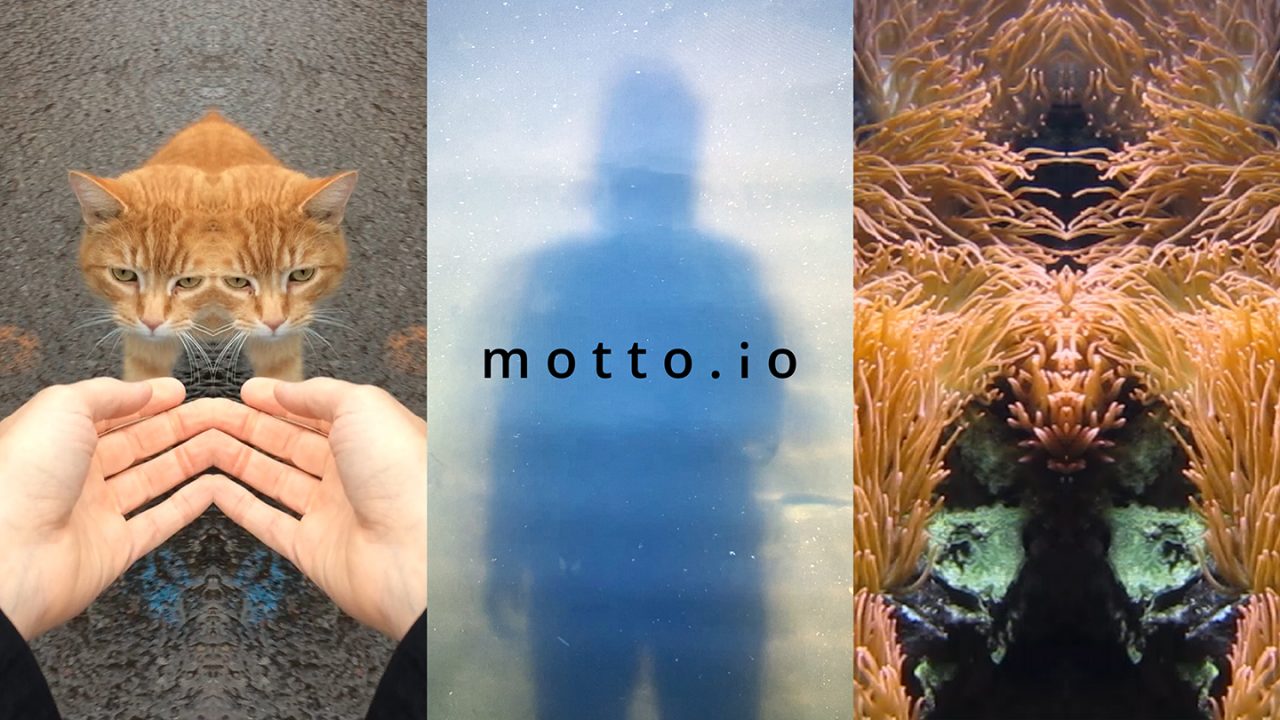
Highrise | Tall Buildings, Short History
Highrise | Tall Buildings, Short History
This post was written by Gerry Flahive, Senior Producer at the NFB who produced the Highrise project.
Documentaries emerge from the strangest places these days.
In March 2012, I was presenting our HIGHRISE project at the Massachusetts Institute of Technology. You might wonder why an esteemed educational institution like M.I.T. – one that has a nuclear reactor on its premises – would be interested in what the National Film Board of Canada is doing to advance documentary storytelling. My presentation was in the context of a conference, The New Arts of Documentary, presented by the MIT Open Documentary Lab which “brings technologists, storytellers, and scholars together to advance the new arts of documentary”.
(HIGHRISE director Kat Cizek is now a Visiting Artist at M.I.T., and is working with some amazing thinkers, technologists and students there on our next HIGHRISE project, which will explore how new communication and media technologies are reshaping the personal lives, political practices and sense of citizenship of highrise residents).
It was there that I was approached by Jason Spingarn-Koff Series Producer and Curator of Op-Docs, the Times’ innovative home for short-form documentaries – presented in the context of the Op-Docs section, so a place very passionate about docs with a point of view.
Inside the morgue
Jason proposed that we create a short HIGHRISE film for Op-Docs, perhaps focused on New York City, a city synonymous with the skyscraper (though that term largely applies to non-residential towers, not the vertical homes that our project has used as our storytelling prism since we started the project in 2009).
When we later met in Toronto during Hot Docs, Jason kindly offered to open up the Times’ extraordinary photography archive – the ‘morgue’ to Kat. Imagine – about six million undigitized photos, the history of pretty much everything – as the starting point for a single short film. We certainly jumped at the chance, as telling the story of the history of the highrise apartment building, the often misunderstood home to billions, is at the heart of what our HIGHRISE project is about. Architecture, urban planning, public housing, speculative development, condominiums, even the Tower of Babel, could all be part of an epic tale.
Once Kat, with the guidance of NYT photo archivist Jeff Roth, got inside this historical trove, its often unseen riches it inspired her greatly: “Facing 2,500 years of history of a neglected (and often reviled) vernacular architecture was a daunting task. I read a lot, wrote a lot, and sifted through thousands of photographs. I only found my way when I began putting the pieces of the puzzle together within the frame of an interactive pop-up storybook – with animation, rhyming couplets and simple touch elements. Then the narrative structure and a story told in under 15 minutes – fell into place.” The poetically moving and filmically efficient narration was creatively performed for two of the films by Canadian musical artists Feist and Cold Specks.
A multi-phase project
From there discussions continued – this should be three films, not one, and the interactive potential of the epic tale was huge. Many of photos themselves were marked with decades of grease pencil marks, notations, glued clippings from the Times documenting their use, and the actual wear and tear of the physical process of putting out one of the world’s great daily newspapers, for decades assembled and printed on the same premises. Kat wanted to keep that sense of historical texture, respecting the visual storytelling that preceded our work.
(In fact, documentary through still photography, not motion pictures, was also deeply rooted in the NFB’s own history, wonderfully told in the new book THE OFFICIAL PICTURE, about the NFB Still Photography Division, which operated as a production unit from 1941-1971.)
Through the research and scripting, animation was another storytelling tool Kat put forward. We approached our long-time HIGHRISE collaborators, Toronto’s Helios Designs to work with Kat to add sometimes surprising, sometimes subtle movement to long-frozen images, from the legendary Dakota luxury apartment in Manhattan to King Louis XV’s 18th century elevator to the highrise in the Bronx where hip-hop was born, thereby adding delight, action and a constant sense of the relentless building upwards that characterized the immense and complicated history of the highrise.
The collaboration began simultaneously with the Times’ esteemed interactive designer, Jacky Myint, whose previous work includes their very influential Snow Fall: The Avalanche at Tunnel Creek, a multi-media project that nabbed a Pulitzer Prize.
Look up, way up
It’s often a curse of linear documentary films that they sometimes attempt to cram too much information in – to the disdain of the viewer – or leave lots of wonderful information out – to the distress of directors and editors who’ve run out of screen time.
But with this project we had a chance to square that circle. How could interactivity expand on the incredibly rich historical stories the films tell? And how could it mesh fluidly with the films? Kat and Jacky devised several dozen chapters, accessible along the way on the film’s timeline, allowing users to, variously, flip over and examine the backs of the ‘morgue’ photos, dig deeper into the history of each story, hear from scholars, and even play micro-games – like trying to fit the furniture into a simulation of a very real and very, very tiny apartment, the kind that hundreds of millions of future highrise dwellers will find themselves in.
We’ve always approached our work on HIGHRISE as being open and collaborative – using the highrise apartment building as our ‘storytelling prism’ to explore real lives. And so when the Times also suggested we invite their readers all over the world to send in their photos and stories of lives lived with a highrise view, we jumped at the chance to make a fourth film – and thousands of photos, from Vancouver to Dublin, and from Dubai to Mississauga, were submitted, and with selections from those, the poetic short documentary ‘HOME’ was woven by Kat to Patrick Watson’s evocative song ‘Lighthouse’.
Once our project went live in early October, following the world premiere at the prestigious New York Film Festival, the twitterverse responded with thousands of comments (@kartemquin: “a giant leap for interactive documentary”) – wonderfully, and in many languages.
That’s the funny thing about highrises – they are pretty much everywhere in the world and yet we don’t notice them. Take a look around – and up.
***
Here are additional links to the study guides for A SHORT HISTORY OF THE HIGHRISE from the NFB and NYT Learning Network.





